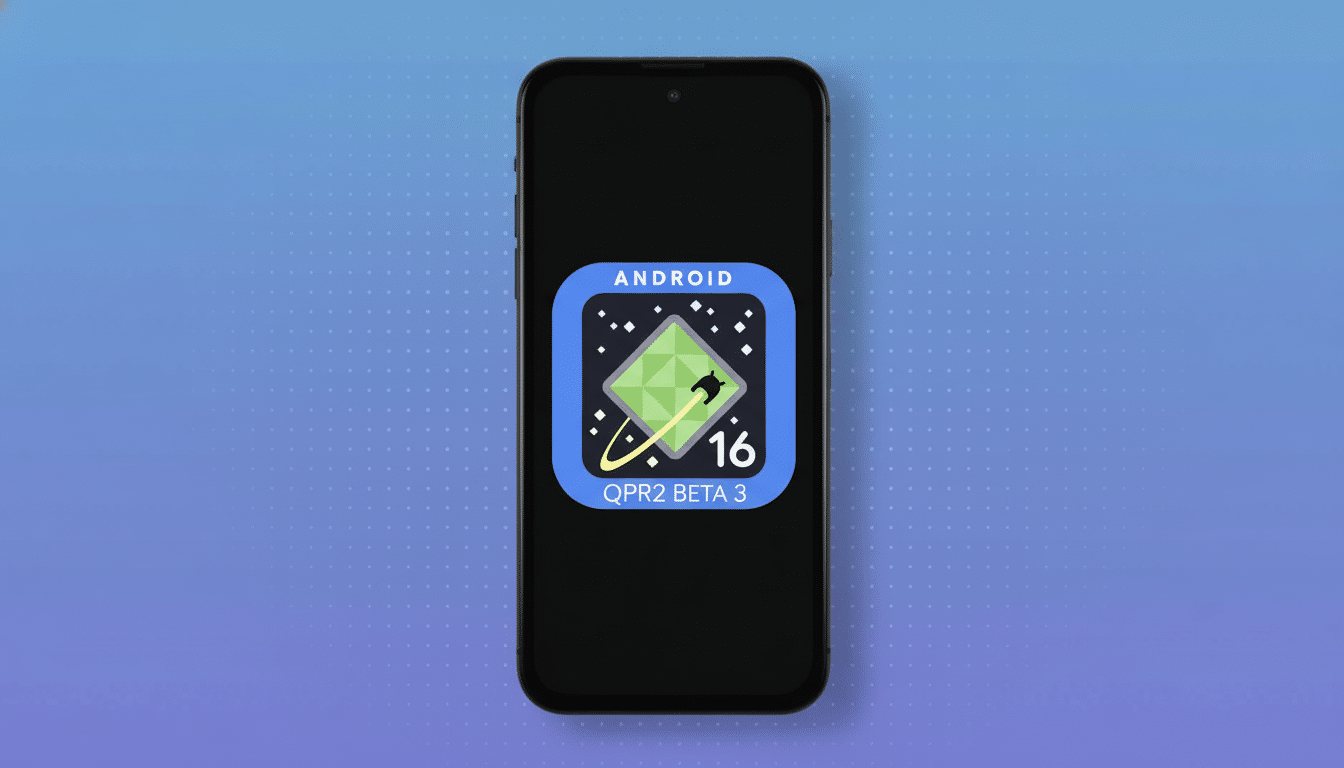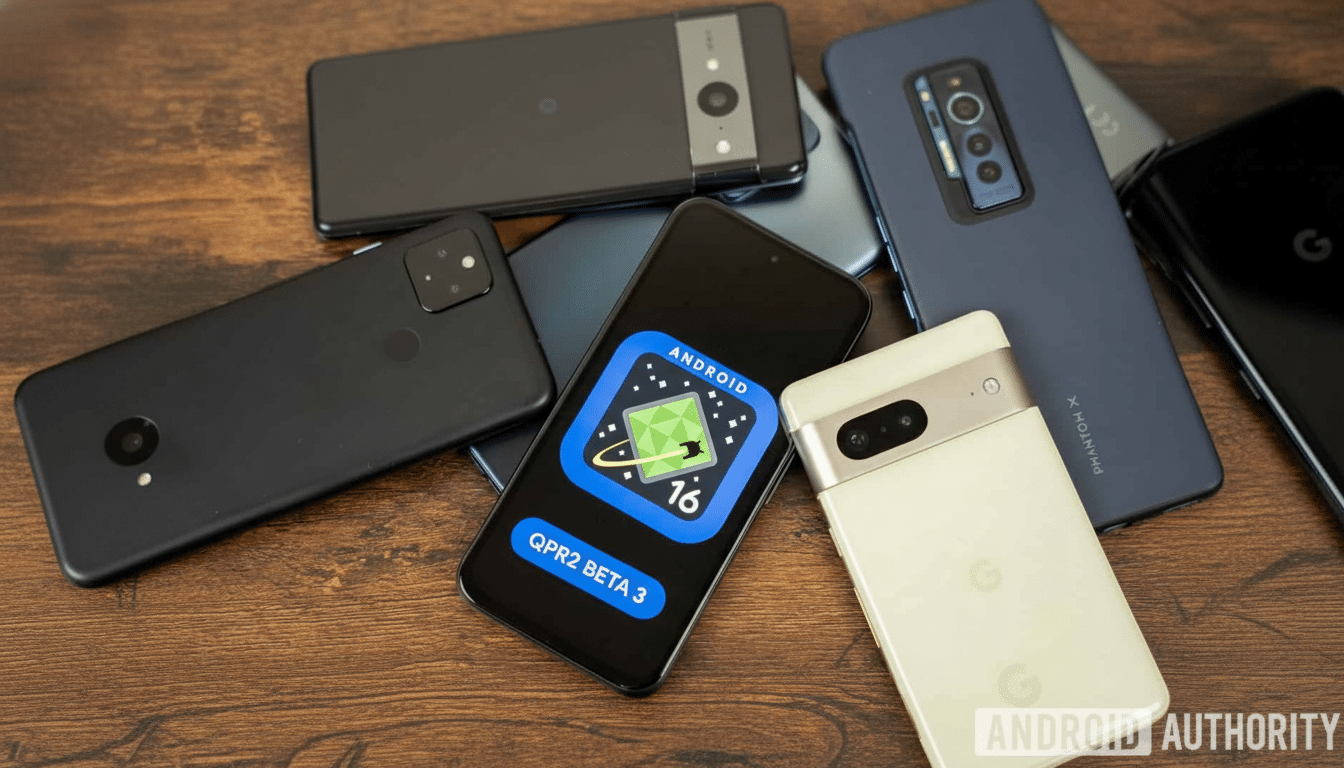Google confirmed the resumption of Android 16 QPR2 Beta 3 and is restarting the Pixel update after stopping distribution.
The rollout was stopped soon after its installation owing to a severe issue linked to desktop mode, but the decision to reinstate the update was announced for this week.
- Why Google paused the Android 16 QPR2 Beta 3 rollout
- Google’s timeline for the fix and what Pixel users can expect
- Why Android 16 QPR2 Beta 3 matters for Pixel updates
- Guidance for Android 16 QPR2 Beta 3 testers on Pixels
- Desktop mode remains a work in progress on Pixel phones
- Bottom line on Android 16 QPR2 Beta 3 resumed rollout

Why Google paused the Android 16 QPR2 Beta 3 rollout
Beta 3 was first available to Android Beta Program users, and some people received the OTA until Google withdrew it.
Test users pointed out System UI crashes when desktop mode was switched on, which could lead to a boot loop in the worst-case scenario.
Desktop mode settings are hidden behind Developer options and may impair the interface if an error arises in this layer.
The Pixel community’s reports and entries on Google’s problem tracker confirmed that the bug had occurred when the crash and the system shell clashed.
Google’s timeline for the fix and what Pixel users can expect
Google’s spokesperson stated that Beta 3 will be available this week; however, the official notification did not specify the day or build number.
According to past patterns, Google often reissued a revised build in the manner of a minor patch or a repackaged Beta install, then disseminated the OTA in phases.
Pixel OTAs are distributed in phases, with a restricted number of users receiving the offer and progressively expanding as telemetry indicates improved stability.
The strategy ensures that starting users have a reduced probability of being affected but speeds up complete dissemination once the crash rate drops.
Why Android 16 QPR2 Beta 3 matters for Pixel updates
Quarterly Platform Releases underpin upcoming Pixel Feature Drops and carry meaningful bug fixes.
This Beta 3 was notable for resolving the root cause of failed Google Play System updates and an issue where excessive launcher CPU usage led to higher-than-expected battery drain.

QPR branches always include stability and connectivity improvements that do not always make headlines and affect users daily.
For active testers, these builds are a preview of platform polish that will enter the next Feature Drop window.
Guidance for Android 16 QPR2 Beta 3 testers on Pixels
If your device has already taken the original Beta 3, do not enable desktop mode in Developer options until the fixed build lands.
For devices yet to receive the OTA, the safest bet is to wait for the resumed rollout rather than sideloading old images that may include the crash.
Before updating, back up critical data, ensure enough battery percentage, and free up space to avoid installation failures.
Once the reissued build lands, watch for known issues in the release notes provided by your Android Beta Program to decide when to install.
Desktop mode remains a work in progress on Pixel phones
Google has expanded desktop mode capabilities steadily in recent Android releases, with development visible through the open-source project and developer previews.
However, it is not a fully productized feature on phones, and regressions like this are precisely why it remains behind a toggle.
For power users working with multi-window workflows on external displays, the upcoming fixed Beta will be a more adequate test. Look for small updates as Google continues to iterate on window management, taskbar operations, and display handoff in upcoming QPRs.
Bottom line on Android 16 QPR2 Beta 3 resumed rollout
It certainly was short-lived; the root cause has been identified and a fixed Android 16 QPR2 Beta 3 will continue to be deployed later this week. If you’re running the beta on a Pixel phone or tablet, look out for system updates and hold off on using desktop mode until the patched build is available.

